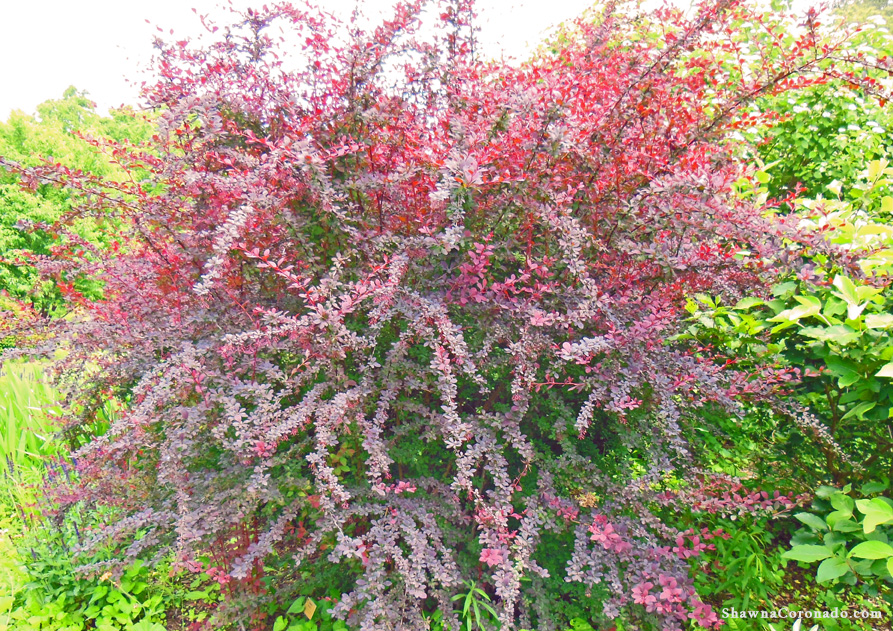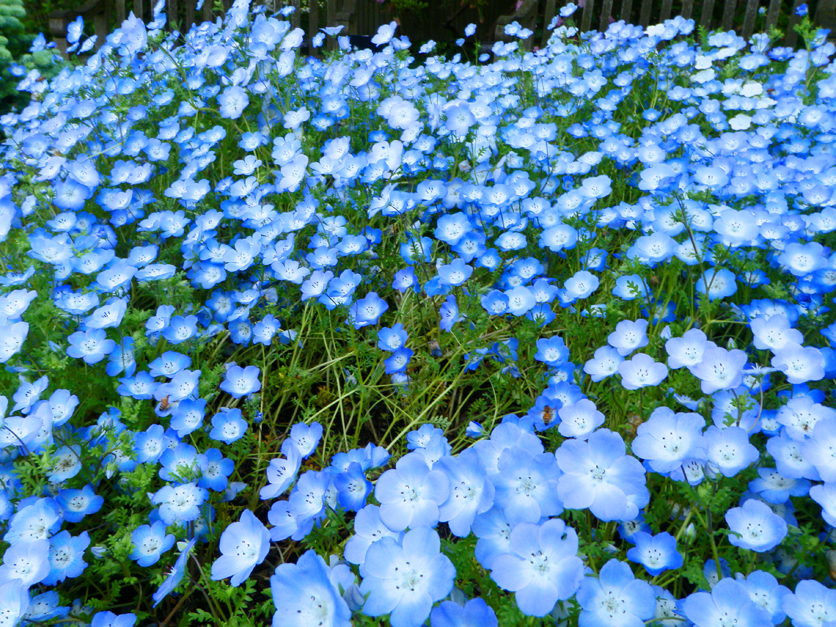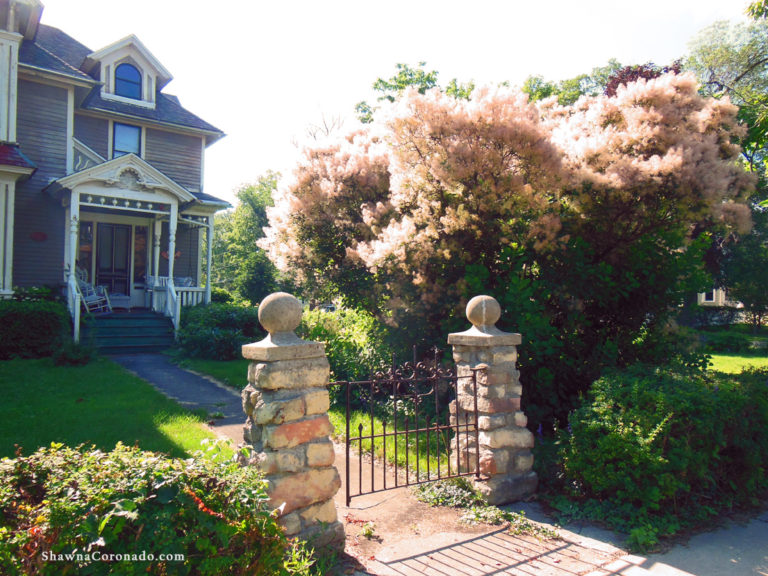How To Grow a Barberry Shrub

Barberry shrub is impactful. It is a vivid, multi-hued shrub, found in colors that range from golden to burgundy. This shrub prefers dry conditions, can tolerate part-shade, and has a superb mounding habit; this makes it an excellent solution for difficult locations. I have a little barberry that grows beneath my home’s overhang, gets no direct sunshine, very little consistent water, and it has flourished for years, offering a brightly colored solution in a trouble-filled location.
Birds Love Barberry
The shrubs keep their colorful foliage year-round. Red berries and thorny barbs act as protection for birds. This is good for bird habits. Birds like to eat the berries and hide in safety below their prickly branches.
However, landscapers and gardeners should be cautious – certain varieties of Japanese barberry have been declared severely invasive; check local restrictions and research the appropriate cultivar before planting. Below is an excerpt from the Indiana Getting Started Gardening Guide which can give you some insight into the barberry.
How To Grow a Barberry Shrub
Botanical name — Berberis spp.
Bloom Period and Seasonal Color — Fall; yellow, golden, burgundy, purple, and
red foliage
Mature Height × Spread — 1½ to 6 feet × 1½ to 12 feet
Added Benefits – Foliage color
Sun Requirements – Sun, Part-Sun, Part-Shade
Planting a Barberry Shrub –
Barberry shrubs have a higher success rate if purchased from local growers that have been planted in local soil. Dig a hole in a well-drained planting area, the same depth as the rootball but 2 times as wide. Scratch the sides of the hole with a spade so the roots can break through the soil more easily.
If the roots of the shrub are container-bound, be sure to use a sharp knife to slice through the roots on each side of the rootball to encourage growth. Plant the top of the rootball so it is level with the ground. Backfill around the rootball until the hole is about half filled. Water the rootball and backfill well. Place the rest of the soil around the rootball, forming a “well” at the base of the plant, which will help collect and hold water.
Growing Barberry Shrub Culture –
Mulch the soil with a 2- to 3-inch layer of compost or organic matter, being cautious not to smother the shrub’s trunk. Barberry shrubs need about an inch of water per week upon initial planting but very little attention thereafter. Fertilize with organic fertilizer before new growth occurs in spring only if the plant shows signs of undernourishment.
Barberry Shrub Advice and Care –
Shear or prune anytime after the new growth has developed in early summer. Shrubs that are over-crowded or planted in shadier, wet conditions are vulnerable to fungal problems. Keep water off the foliage and treat powdery mildew, black spot, and other fungal conditions with an organic fungicide.
Shrub Design Ideas –
Colorful shrubs like barberry are an excellent choice as a feature plant, a shrubby groundcover, as well as a lovely low hedge that helps support a birding landscape.
Try These Varieties of Barberry Shrub –
‘Sunjoy® Mini Salsa’ is a tiny dwarf variety growing 18 to 24 inches that can be used in containers as well as the landscape. ‘Sunjoy™ Gold Pillar’ has a vertical habit, grows to 3 feet, and has golden-yellow leaves that turn orange-red in fall. ‘Atropurpurea Nana’ is deep red throughout the season. ‘Orange Rocket‘ is an orangey-red color.
Please get my book, the Indiana Getting Started Garden Guide for more tips on shrubs, perennials, annuals, and trees, particularly if you live in the Midwest. Thanks!




